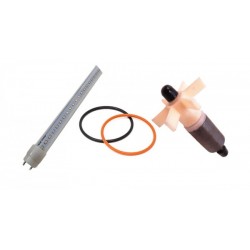Share
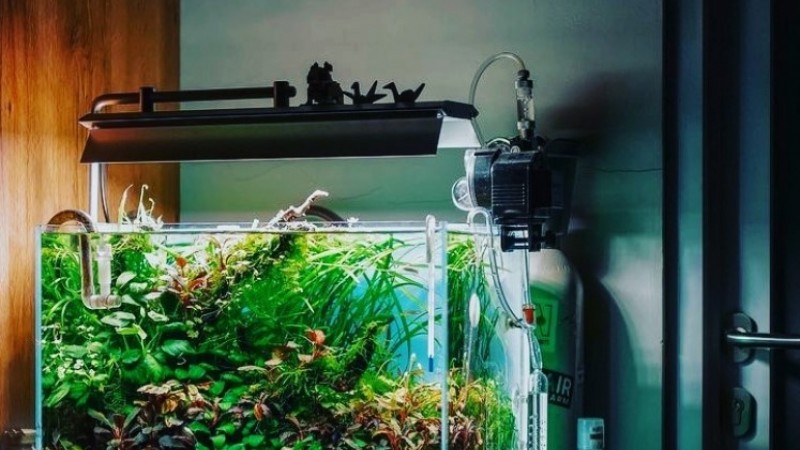
Photosynthetically Active Radiation (PAR)
Plants use visible light for photosynthesis. Visible light ranges from faint blue to far red light and is described as wavelengths between 380 nm and 750 nm. The region between 400 nm and 700 nm is what plants primarily use to drive photosynthesis and is commonly referred to as photosynthetically active radiation (PAR). Plant biologists quantify PAR using the number of photons in the 400-700 nm range received by a surface over a given period of time, or the photosynthetic photon flux density (PPFD) in units of μmol/s.
Photomorphogenesis
Different wavelengths of light (including parts of the UV spectrum outside of PAR) stimulate different hormonal changes in plants. This phenomenon is known as photomorphogenesis, which is light-regulated changes in development, morphology, biochemistry, and cellular structure and function.
In terrestrial plants, red light stimulates flowering cycles, while blue light suppresses stem elongation, resulting in more compact plants. However, the photomorphogenic effects of spectral changes in aquatic plants are quite different from those in terrestrial plants; things like stem elongation are determined more by gas exchange (access to O2/CO2) than by a blue shift in light. Similarly, flowering cycles for aquatic plants are triggered by access to surface air, not the red spectrum, for practical purposes.
The main effect of spectrum on aquatic plants is stronger pigmentation for certain species when stronger red/blue light is used. Having more red/blue spectrum also gives higher visual color contrast and saturation - which is why I highly recommend it.
Action Spectrum
A photosynthetic action spectrum (versus absorption spectrum plots) describes the efficiency with which specific wavelengths trigger a photochemical reaction. The curve is also known as the Yield Photon Flux (YPF). PAR rates all photons from 400 to 700 nm equally, while YPF weights photons in the 360 to 760 nm range based on the plant's photosynthetic response.
From the chart below, it appears that red light is 20-30% more efficient than blue/green light for photosynthesis. The curve was developed from short-term measurements taken on single leaves in low light. Some long-term studies with whole plants in higher light have shown that the quality of light may have less of an effect on plant growth rate than the quantity of light. Leaves absorb primarily red and blue light in the first layer of photosynthetic cells. However, green light penetrates deeper into the interior of leaves and can drive photosynthesis more efficiently than red light at higher light levels.

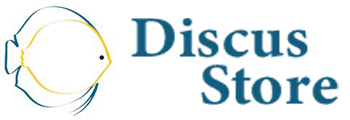

-250x250.jpg)

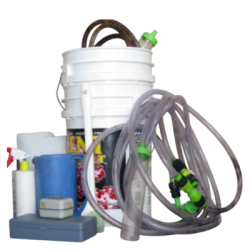
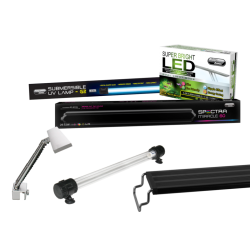

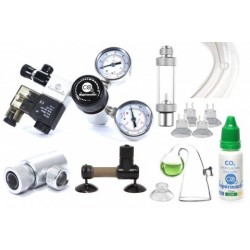


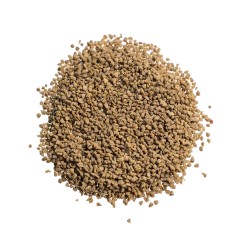

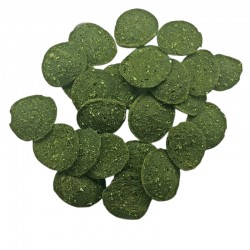

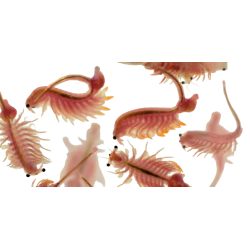

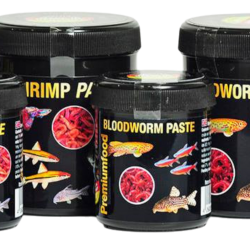
-250x250w.jpg)
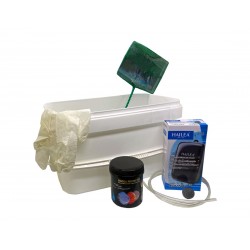
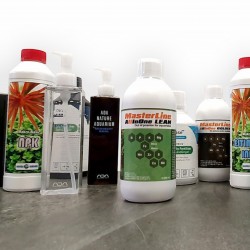
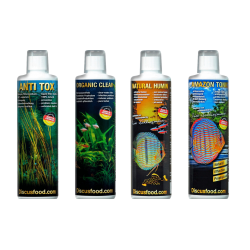


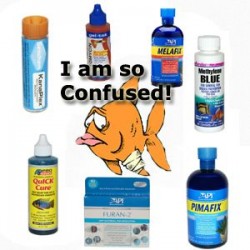

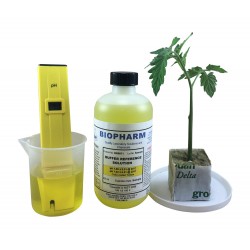

-250x250w.jpg)

